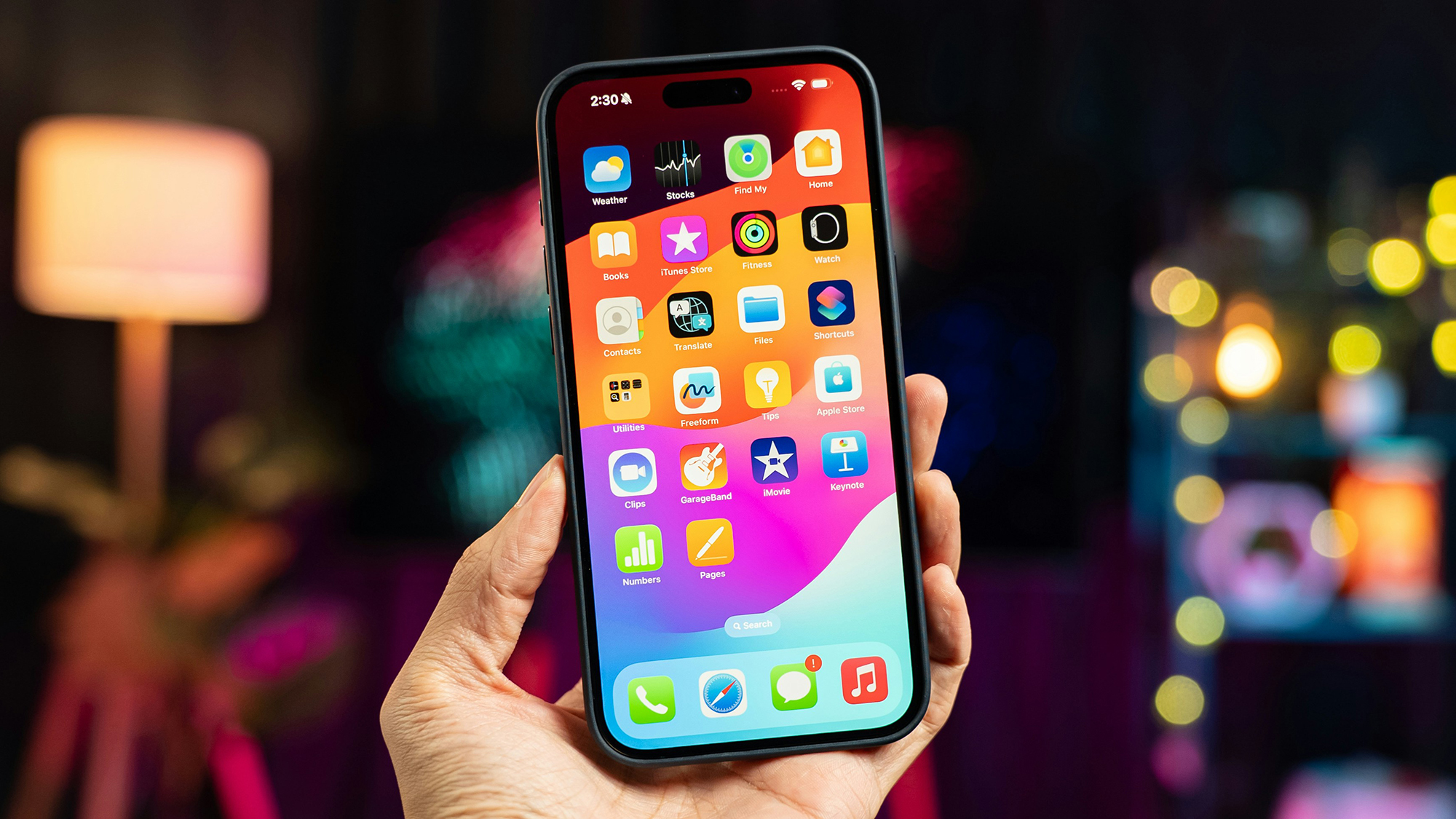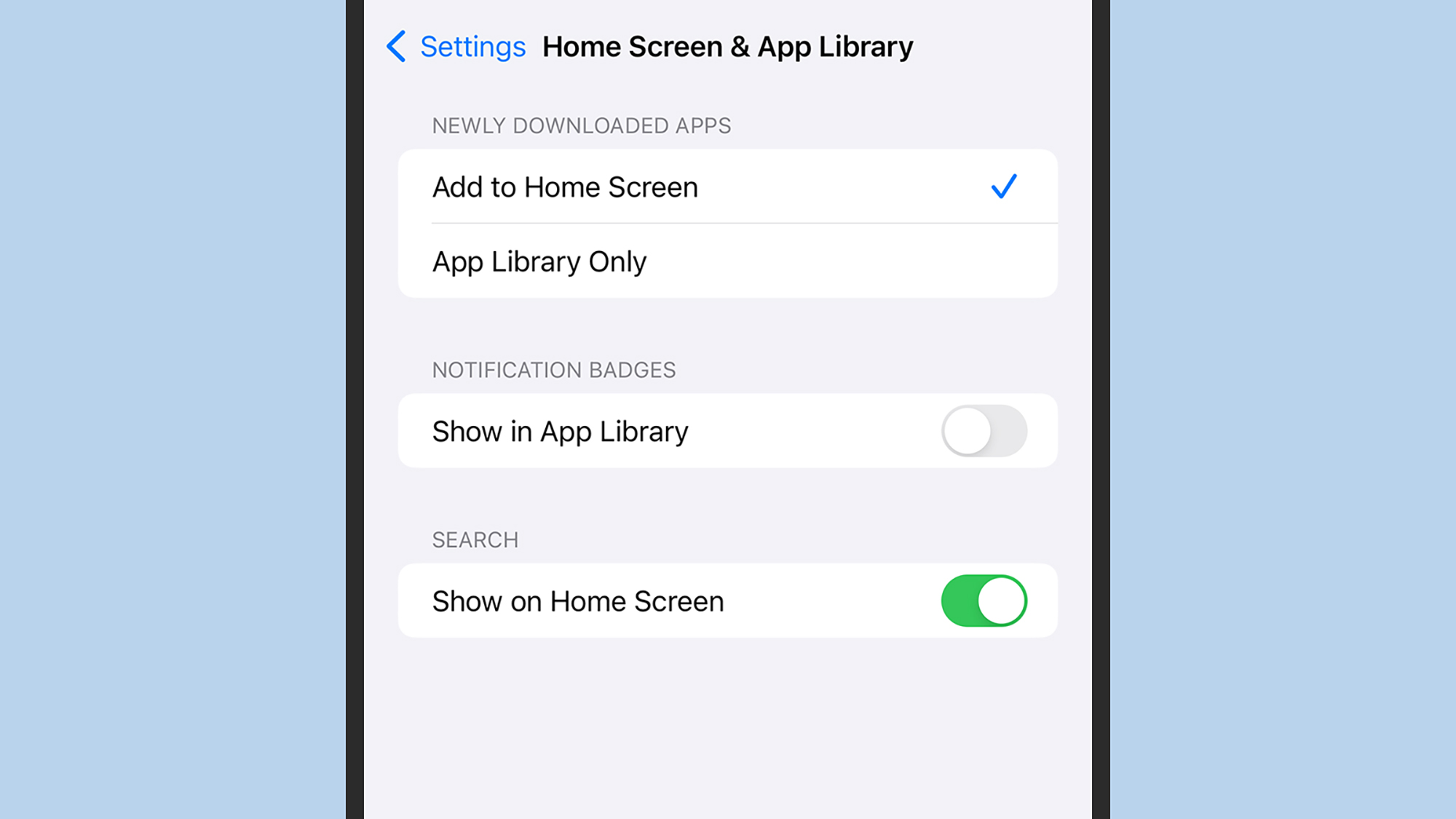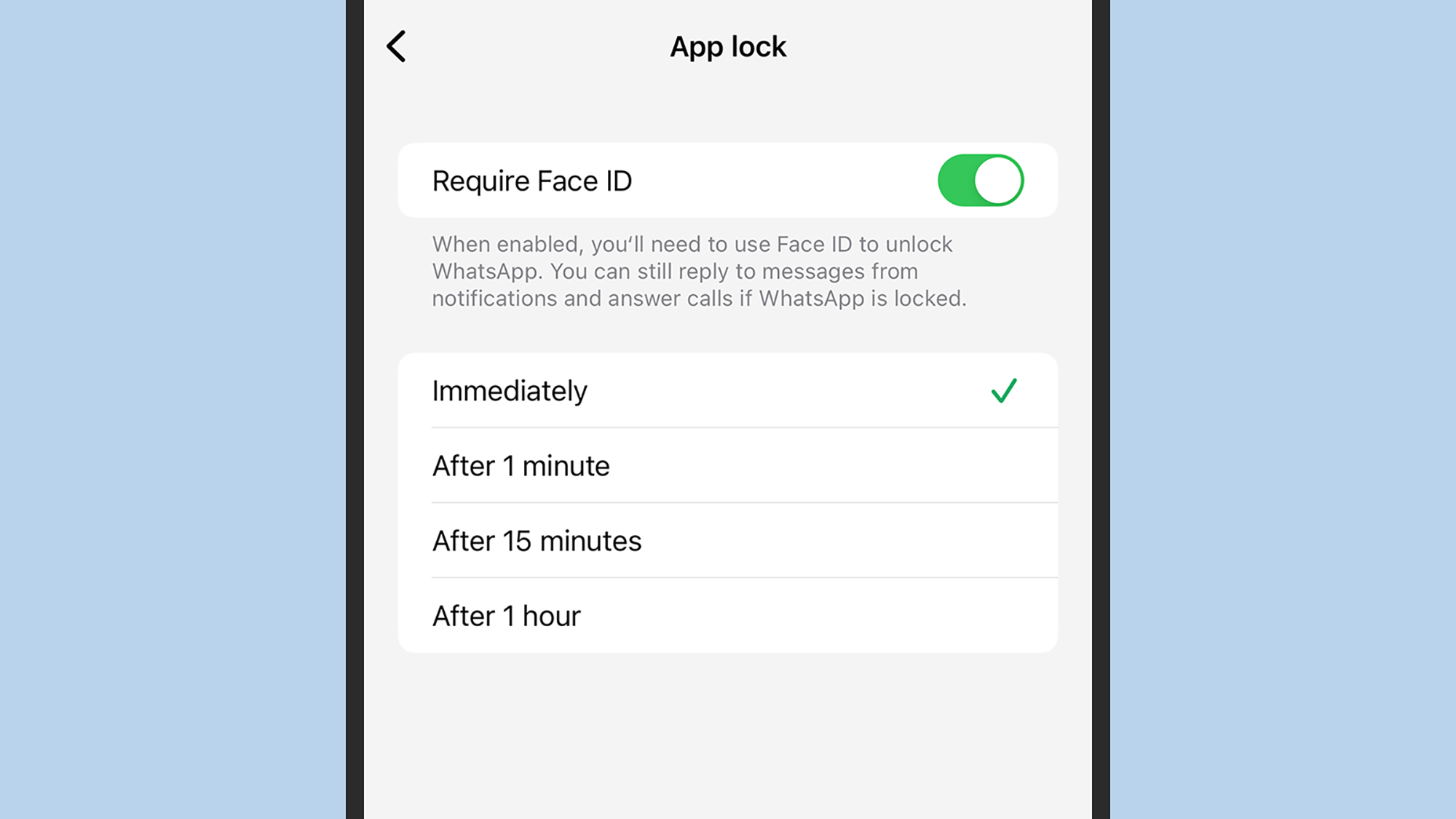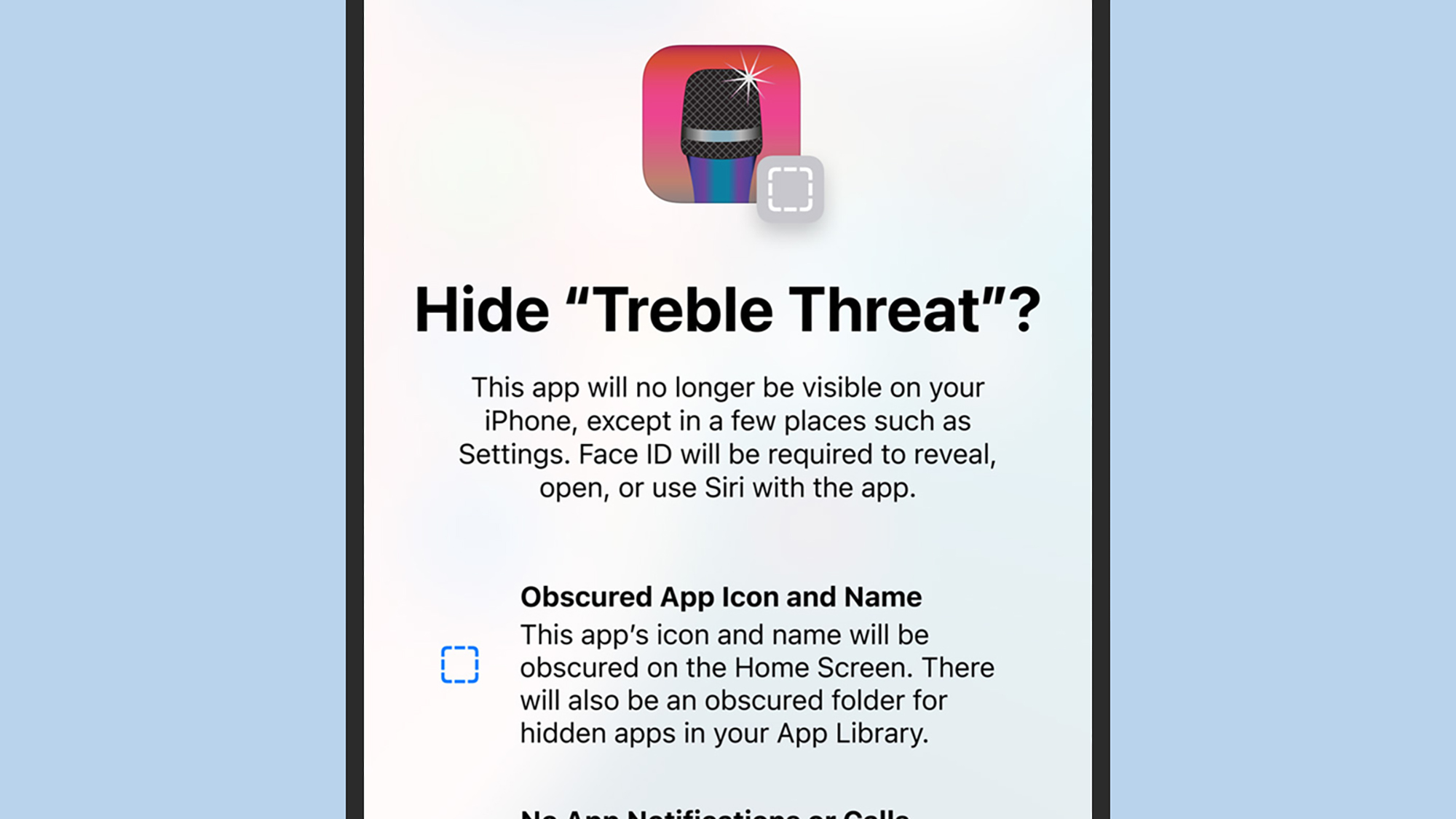
When voluntarily giving friends and family access to your phone (perhaps to take a photo or play a game), you don’t necessarily want to share all of the apps on your iPhone. Does your mom need to know you downloaded Tinder? Probably not.
There are already ways to make apps less visible and less accessible on the iPhone, and even more options arrive later this year when iOS 18 rolls out. Here’s what you can do now to hide apps on the iPhone, and what you’re going to be able to do in the future.
As a reminder: When it comes to your iPhone, you should have your handset well protected with facial recognition or fingerprint recognition, as well as a passcode. And if you don’t have these safety measures in place, you should set them up immediately, otherwise anyone might be able to gain access to your most private apps and data.
Hiding apps from the home screen

Whenever you install a new iPhone app, by default a shortcut icon will be added to the home screen and the App Library (the collection of all your apps that appears if you keep swiping left on the home screens). To change this behavior, open iOS Settings and choose Home Screen and App Library to set where new shortcuts are put.
If there’s already an app shortcut on a home screen that you’d rather only have in the App Library—hiding it from view on the home screens—long press on the icon, choose Remove App, then pick Remove from Home Screen (don’t tap Delete App, which uninstalls it from your phone).
[Related: 8 handy iPhone keyboard tricks you might not know]
You can also organize app shortcuts into folders on your home screen—just long press and drag one icon on top of another to create a new folder with both apps inside it. This doesn’t make your apps too much harder to find, but it does mean they won’t be seen from a cursory glance at the home screen.
The App Library automatically puts your app icons into folders, such as Social and Entertainment. At the moment, there’s no way of editing the titles of these folders or which apps are put into them, and you can’t decide which apps are hidden from view. All apps will show up in searches of the App Library too.
Locking apps with Face ID and Touch ID

Another option for protecting your apps against unwelcome visitors is to lock them using Face ID or Touch ID. It’s not technically hiding apps, but it keeps other people out, and you can use it in combination with the measures that we’ve mentioned above.
The onus is on app developers to implement this though (at least until iOS 18—see below for more on that). You may have already seen this kind of protection if you have banking apps on your phone, which might well ask for a face or fingerprint scan before opening. PayPal for iOS is another finance app that offers this.
You can set up a Face ID or Touch ID lock on WhatsApp too—very handy to keep prying eyes from browsing through your messages. From inside the app on your iPhone, choose Settings, then Privacy, then App lock. Follow the instructions to set up Face ID or Touch ID for WhatsApp.
As far as Apple’s own apps go, you can’t lock entire apps away. You can lock notes behind a face or fingerprint scan though: In Notes, open a note then tap the three dots (top right) and Lock to secure it. You can also hide certain photos and videos: With the file open, tap the three dots (top right) and Hide. Getting into the hidden album in Photos requires Face ID or Touch ID authentication.
New features coming with iOS 18

If Apple follows its usual schedule, it’ll release iOS 18 in full in September alongside a new batch of iPhones, but we’ve already heard some details about software updates to expect. One of the incoming features works as a combination of the existing options we’ve already talked about above.
First, you’ll be able to lock any app behind Face ID or Touch ID (with your passcode as a fallback)—not just apps that add the feature, like WhatsApp and PayPal. Even if someone else is using your smartphone for whatever reason, they won’t be able to get at the apps you’ve locked.
Second, those apps can also be hidden from view, if you want them to be. Hidden apps are put in a special Hidden folder in the App Library, but their icons don’t show, and extra face or fingerprint authorization will be required to access this folder. What’s more, content from these apps gets hidden from iOS notifications and search results.
We’ll have to wait until iOS 18 arrives to know exactly how all of this is going to work, but from a privacy and security point of view, it looks like a really useful way of protecting your most private apps with the most sensitive content inside—it’ll just be a little more inconvenient to open them each time.